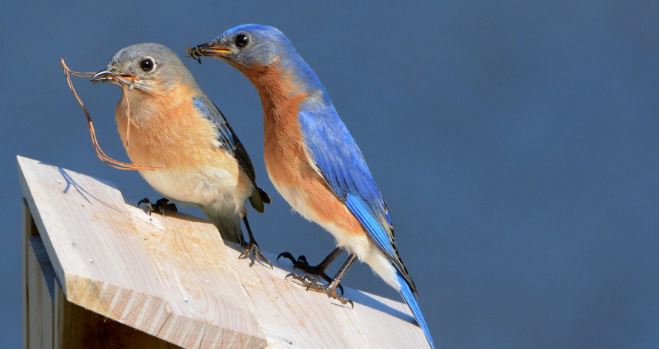Wildlife Management for Tax Exemption in Texas
A landowner can qualify for a wildlife management tax exemption in Texas by filing a plan with the local county tax appraisal office, but the land must already possess an agricultural or timber appraisal. If the property already has commercial production then the conversion from agriculture to wildlife is a relatively straight-forward process. To apply, land owners must establish a wildlife management plan for the property.
The plan covers the wildlife species that a land owner will manage for, as well as the practices that will be implemented to achieve the desired goals and objectives. The plan must be filed with the appraisal district to make them aware of the practices you will be undertaking towards managing and enhancing wildlife and habitat on your land. There are 7 major practices that you can select from to qualify. The management plan is where a land owner formally selects to implement 3 practices out of the 7 on an ongoing, annual basis to qualify the property for the wildlife tax valuation.

Management Practices for a Wildlife Exemption
An example of the possible management practices include supplemental feeding, putting out feeders for specific wildlife species or food plots for deer or even birds. Supplemental water through troughs or rainwater collection systems is also a common and important practice that is implemented on properties. Property owners can also create supplemental shelters by erecting birdhouses or stacking brush piles.
Undertaking wildlife management for the “tax exemption” in Texas is not as scary as some of the horror stories you may have heard. It is important that land owners clearly outline what they plan to do and why, but it is critically important that it actually get done! The appraisal district and chief appraiser will foremost examine the management plan that is submitted to see that your planned activities actually meet the criteria for a wildlife management for the tax valuation.
Managing Native Wildlife
A land owner may choose to manage for either game or non-game wildlife species. In every case, the size of the property as well as the plant communities found there determines what will work and what will not. An appraisal district is not going to take a management plan for deer for a property that is 16 acres in size.
Deer have home ranges that are much larger than that, so it would be impossible to manage for a breeding population of deer on that amount of acreage. Smaller properties will likely be geared towards non-game or small game species, such as rabbits, songbirds, or even reptiles and amphibians if it makes sense for the property and the ecoregion where the property is located.
Once a species or group of animals is selected for management, the next step is to decide which wildlife practices should be done to promote those animals on the property. We help Texas land owners with this part of the process all of the time, as well as with the preparation of written plans for submission to the county, so please contact us if you are interested converting your agricultural property to wildlife management for tax exemption. We will save you time and a lot of stress. Thanks for stopping by!
Related Wildlife Management Exemption Articles
